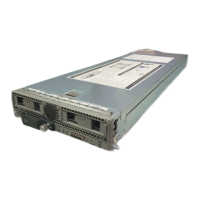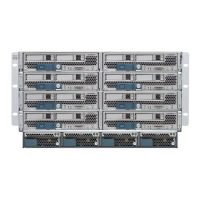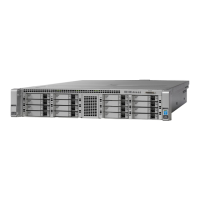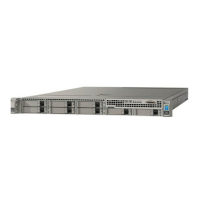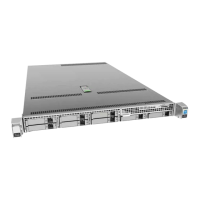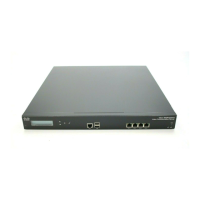3-10
Cisco SCE8000 GBE Installation and Configuration Guide
OL-19897-02
Chapter 3 Cisco SCE8000 GBE Topology and Topology-Related Parameters
Topology-Related Parameters
Topology-Related Parameters
Refer to the following sections to determine the correct values for all topology-related parameters before
beginning to run the initial setup of the Cisco SCE8000 GBE .
• Connection Mode Parameter, page 3-11
• sce-id Parameter, page 3-11
• Priority, page 3-11
• On-Failure Mode Parameter, page 3-12
There are four topology-related parameters:
• Connection mode — Can be any one of the following, depending on the physical installation of the
Cisco SCE8000 GBE (Refer to Connection Mode Parameter, page 3-11):
–
Inline — single Cisco SCE8000 GBE inline
–
Receive-only — single Cisco SCE8000 GBE receive-only
–
Inline-cascade — two inline Cisco SCE8000 GBE platforms cascaded
–
Receive-only-cascade — two receive-only Cisco SCE8000 GBE platforms cascaded
• sce-id— In cascaded configurations, this parameter identifies the SCE platform. (Refer to sce-id
Parameter, page 3-11.)
It is applicable only in a cascade topology.
Note The sce-id parameter, which identifies the SCE platform, replaces the physically-connected-link
parameter, which identified the link. This change was required since the SCE8000 GBE platform
supports multiple links. However, for backwards compatibility, the physically-connected-link
parameter will still be recognized and the number of the link assigned to that parameter (0 or 1)
will be defined as the sce-id.
• Priority — This parameter defines which is the primary Cisco SCE8000 GBE (Refer to Priority,
page 3-11.)
It is applicable only in a cascade topology
• On-failure — This parameter determines whether the system cuts the traffic or bypasses it when the
Cisco SCE8000 GBE either has failed or is booting. Traffic bypass can be achieved either through
the external optical bypass device or through the internal bypass mechanism of the SPA interface
processor. It is not applicable to receive-only topologies. (Refer to On-Failure Mode Parameter,
page 3-12.)
These parameters are configured using the connection-mode command.

